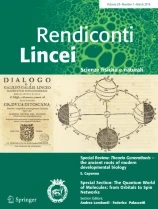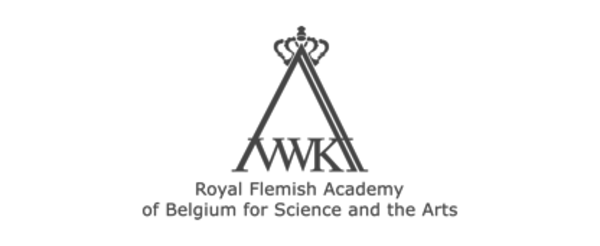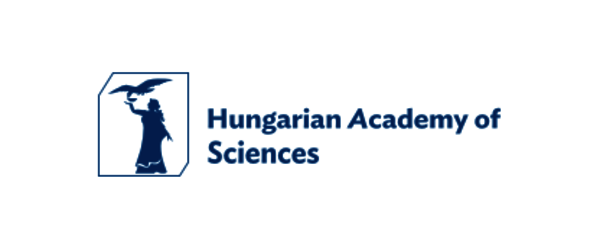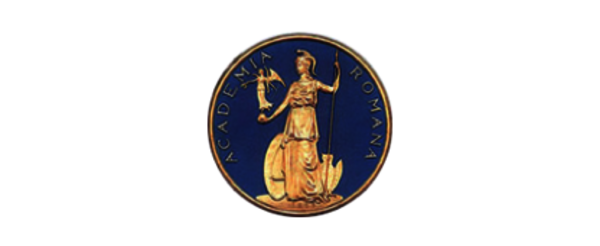Publications
Ecosystem Services, Agriculture and Neonicotinoids
Public and political attention has focused on whether honey bee colonies are being affected by neonicotinoids. But studying honey bee colony numbers does not show what is happening to the many other species providing the ecosystem services of pollination, natural pest control, soil productivity or the underpinning of biodiversity. Honey bees are just one pollinator - others include bumble bees, solitary bees, hoverflies, butterflies and moths. Other pollinators have generally declined across Europe as honey bee colony numbers have fluctuated.
In addition, honey bee colony structure provides a buffer against losses of foragers and workers, which is overlooked by many studies looking at the impact of neonicotinoid use on honey bee colony survival. In contrast, bumble bees have much less buffering capacity - and solitary bees none at all. Protecting honey bees is not enough to ensure sustainable agriculture.
Some intensive agriculture has become reliant on neonicotinoids, with proponents arguing that their withdrawal would have serious economic and food security implications. However, EASAC notes that some recent research has questioned the benefits of routine use as seed dressing against occasional or secondary pests. In some cases, neonicotinoid use has even made pest problems worse by eliminating insects which provided natural pest control.
As the EASAC report acknowledges, all pesticides involve a balancing act between the desired effect on food production and the inevitable risk of collateral damage to non-target species and the environment. In the case of the neonicotinoids, the increase in scientific knowledge over the last two years suggests that the current balance requires reassessment.
These conclusions were discussed in a public debate with stakeholders at an EASAC event in Brussels on Monday, 13 April 2015.
The report's launch on the EASAC website coincided with an article by EASAC's Chair of the Working Group, Professor Peter Neumann, in Nature.
The report was widely picked up by the media in a number of European countries. It also drew attention outside Europe, e.g. in the US, Canada or Malaysia. For a list of media coverage of the report please see here.
back to overview
































